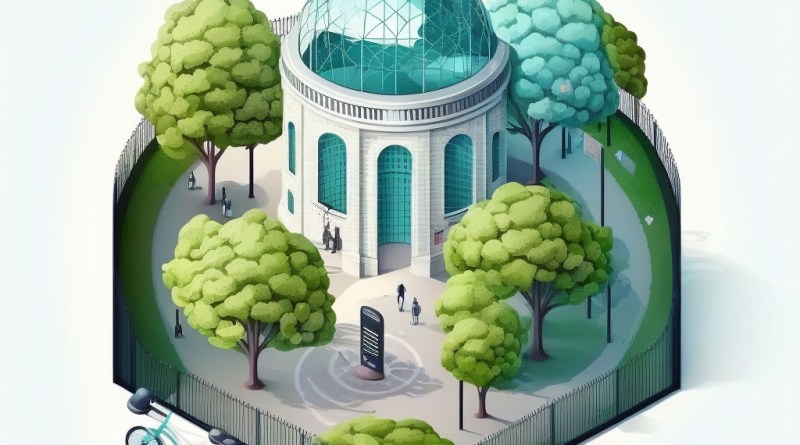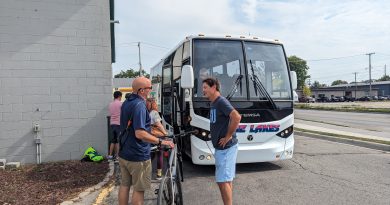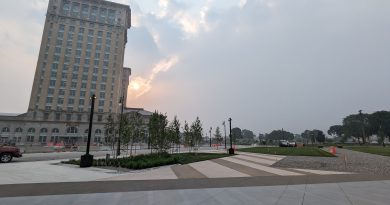Wishes For A Greener Spring
As the warm weather finally arrives in these northern climes, we’re greeted with April showers, May flowers, and ever so many possibilities in the new season of spring. We are also greeted with a few less-than-welcome things, like seasonal allergies, road construction, and gas-powered landscaping maintenance. Fret not, dear reader! I have a list of things we are thinking about over here at the Springbuilt City!
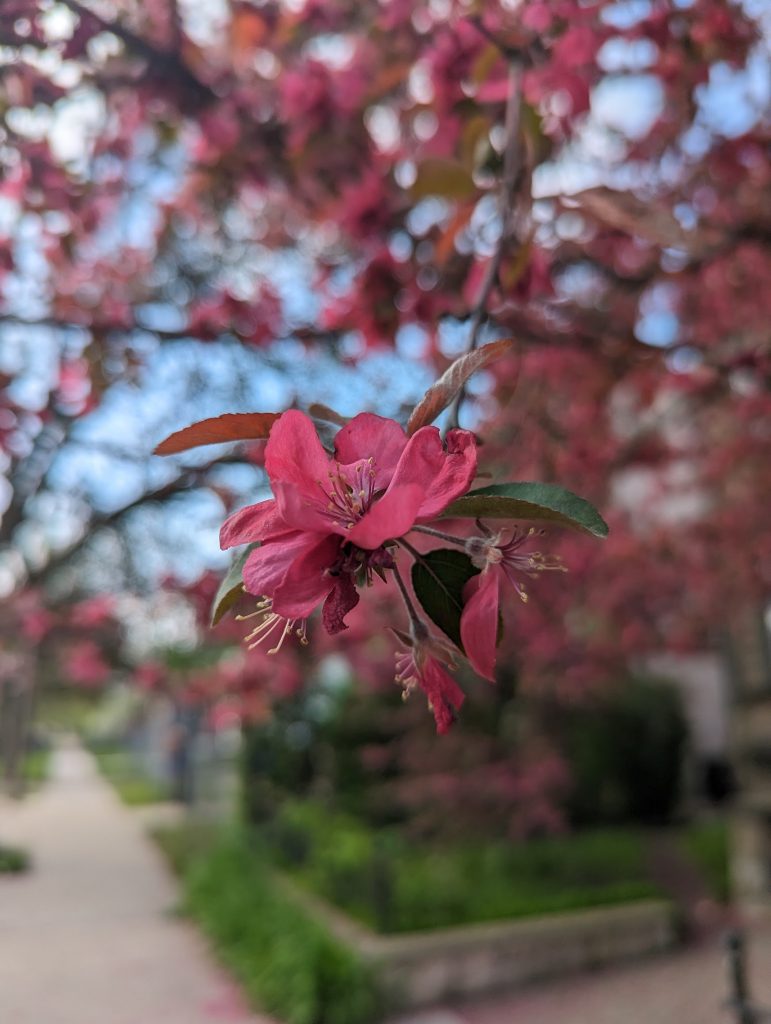
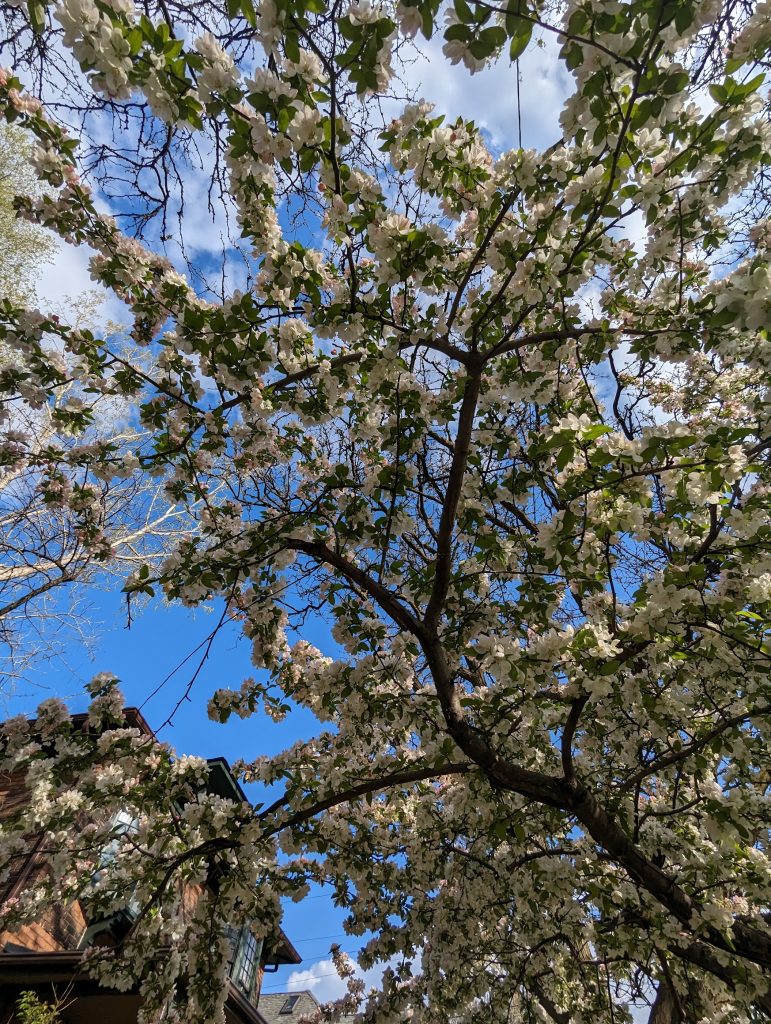
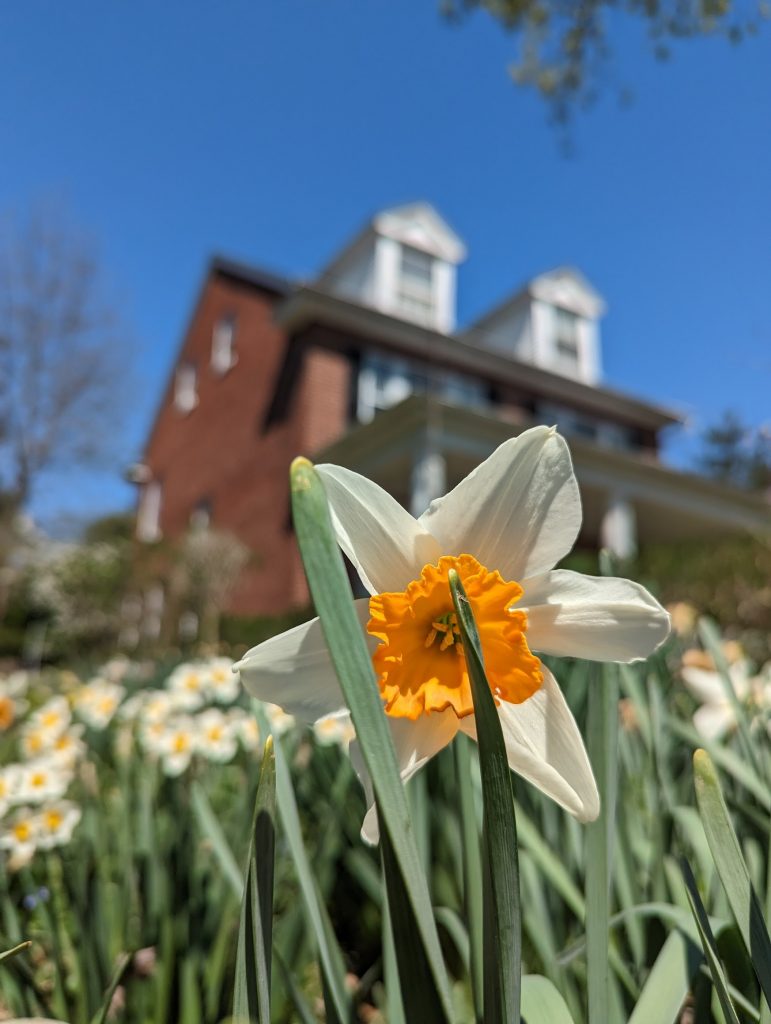
1. Gas-Powered Yard Equipment.
As the weather warms up, we open windows, which means we hear more. One of the new sounds of spring is the sound of gas-powered gardening and lawn equipment. Weedwhackers. Mowers. The occasional chain saw. As portable devices usually driven by small two-stroke engines, these lack the sophistication of the sound-muffling engineering that goes into every motorcar. Use of these tools creates toxic levels of local particulate emissions and volatile organic compounds, but the big thing is that the tools are just really, really loud.
Fortunately, though, the improvements of battery technology and the more widespread availability of more efficient brushless motors in consumer products means that it’s possible to get credible electric alternatives to the gas machines. A number of jurisdictions are trying to phase out the use of gas-powered lawn equipment, including jurisdictions where public utilities will offer incentives to do so. For whatever it’s worth, I also highly endorse the push mower, as it enables you to mow your lawn while also getting a wee bit of exercise, which we could probably all do with. Or, you know what? Just get rid of the mowing altogether.
2. Mowing, Generally.
No-Mow May? What’s that about? Why, helping pollinators, of course! Allowing this early spring growth means that a lot of plants– yes, even in a lawn- will start to flower. Entomologist Meghan Milbrath told Planet Detroit that the no-mow movement is vital to facilitating pollination of all manner of plants by any of the hundreds of species of pollinators that live here in Michigan:
“Hardly anybody in Michigan understands how many, and how diverse and beautiful our native bees are – we have 465 species in Michigan. And if you don’t have the plants to support them, you don’t even understand that they’re there.”
Meghan MIlbrath,to Rukiya Colvin, as quoted in Planet Detroit (2023)
The problem is that many municipalities in the United States prohibit grass from being above a certain height. As Colvin notes in her article for Planet Detroit, this is largely a product of colonialism and the Anglo-Franco obsession with the manicured lawn (which was usually part of some sort of palace built by serfs for a king who claimed to be appointed by God– go figure). This paradigm is shifting, but it’s taking a lot of headaches for those of us who want to actually promote ecologically beneficial planted areas instead of just, say, suburban-style manicured lawns treated with herbicides.
3. Native Plants.
Not terribly far away from us in Detroit, Wildtype Nursery, in Mason, Michigan, offers a hundred trillion plants in individual and wholesale format. I am hoping to have more to say about this, because I’m hoping to be helping out SDBA on getting their rain garden planted, and this may well involve a trip to the great up north (a.k.a. almost-Lansing).
Plus, read more about what I’ve written about native plants in the past. And check out our pals over at BPlant!
Ready For The Warm Weather? Spring Into Native Plants!
4. Group Bike Rides.
I went on my first group ride of the season last weekend. The group was Cruise Detroit, a queer-friendly ride, and the route was eastside, going up to Chandler Park and then wending our way down along the canals to Coriander for a drink. My entire ride was 30 miles, but that included the trip there and back and then some, so I am thinking the total was something like 20 miles at a modest clip of 12-15mph. I made some new friends, caught up with some old ones, and am now trying to figure out how to muster the courage to get up at 6:00 on Saturdays to keep riding Beat The Train (30 miles, 16-20mph). It was warm enough to ride without a jacket, but cool enough to require one when seated outside for a long time; the vicissitudes of the spring season means you must layer accordingly!

I survived with no cramps or flat tires, but I also realized I wasn’t quite in the best shape compared to the last time I was a bike crazy person and riding 20 miles on a slow week (and 50+ on a “good” one). Here’s to many more of these this summer. The eBike also performed admirably, making it the whole way there and back at 30 miles mostly on “Eco” mode. Only one car parked in the bike lane the whole way between Jeff-Chalmers and Southwest, and I didn’t even get honked at or run over. Nature is healing!
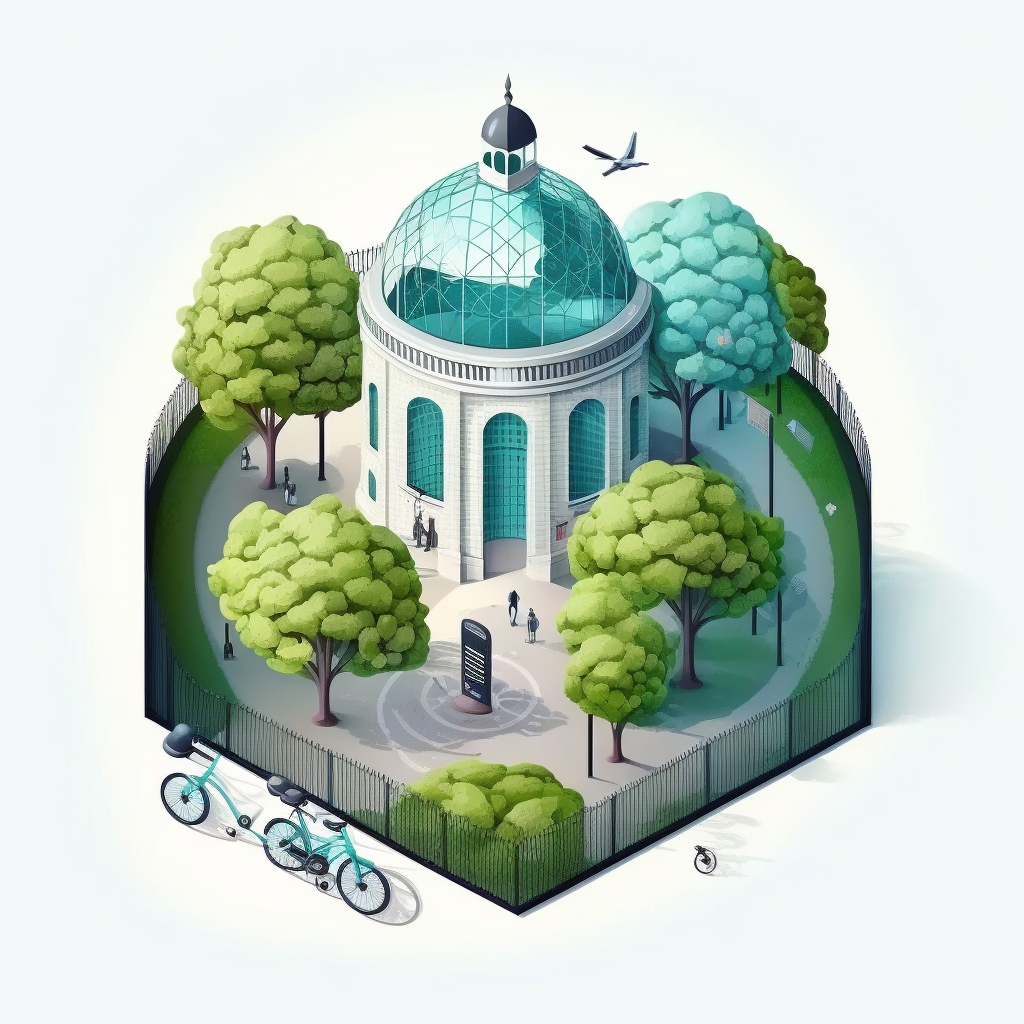
5. Investment in Neighborhood Parks.
One of the weird things about living in Detroit if you’re not from here is that outside of Belle Isle, the city doesn’t really have anything in the way of a central park. Campus Martius is mostly paved and usually too busy to be a relaxing destination. Grand Circus is in disrepair. Beacon Park is fun for events, but it feels sterile and is more of a paved plaza than a park (Campus Martius, in contrast, has lots of well-maintained plantings and trees. And Rouge Park is, well, really, really far away from basically anything else in the city. But the parks that we do have, have seen huge improvements in recent years.
In the understatement of the day, I’ve criticized Mike Duggan, ahem, a modest amount. So, take this to the bank when I tell you that my mans is doing work on the city’s parks. This includes everything ranging from the gorgeous, newly renovated riverfront park (a quick walk from my home!) off Jefferson west of the Ambassador Bridge, and, eventually, the entire riverwalk connecting West Grand Boulevard on the western end almost the whole way to Grosse Pointe. This leaves few neighborhoods untouched, with new renovations to parks in Jefferson-Chalmers, Palmer Park, and others.
But Detroit has a great relationship to its river– at least today. While it wasn’t always that way in the past, the past decade has seen huge improvements, the most notable of which is the connecting of the Riverfront trails to the Dequindre Cut and the Joe Louis Greenway. I can’t solely credit the mayor on these, as the Detroit Riverfront Conservancy and the Detroit Greenways Coalition were the primary driving forces on these monumental nonmotorized transportation infrastructure undertakings. Say that sentence five times fast. I dare you.
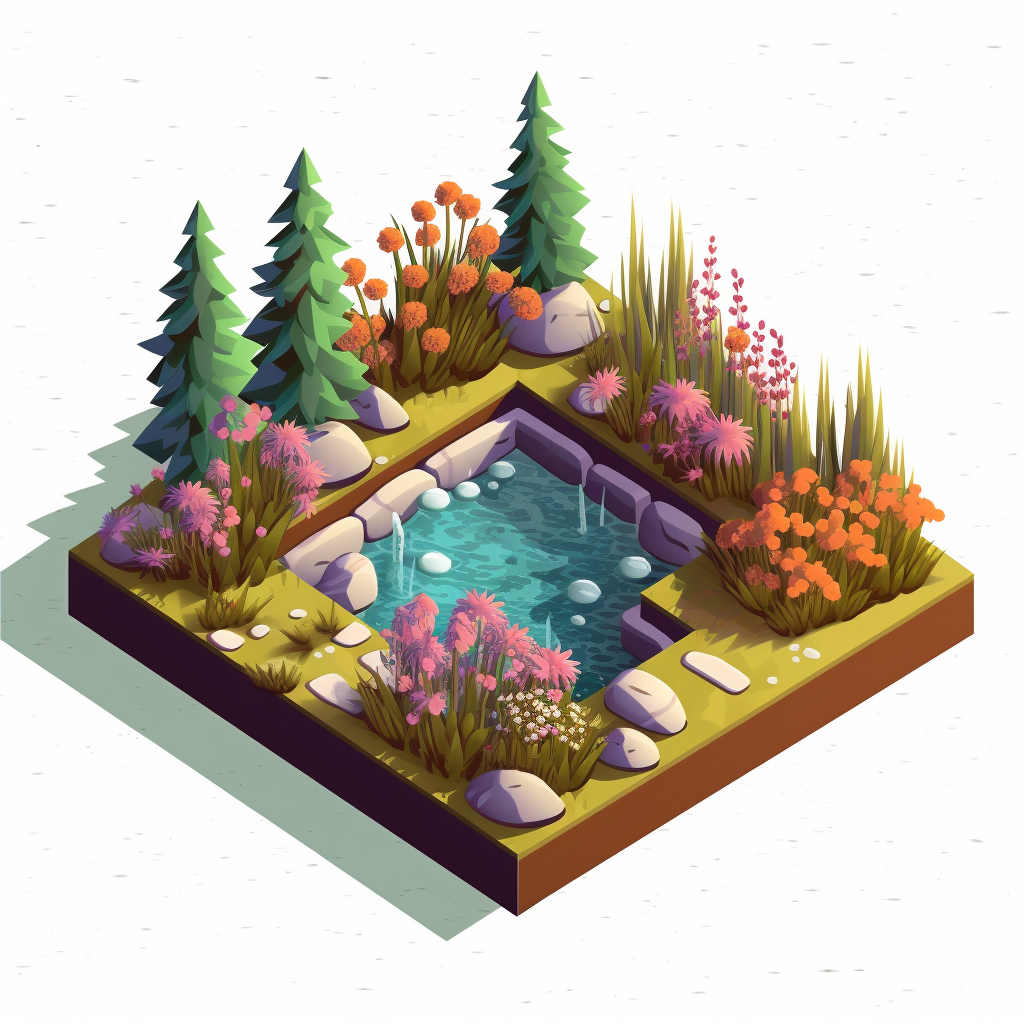
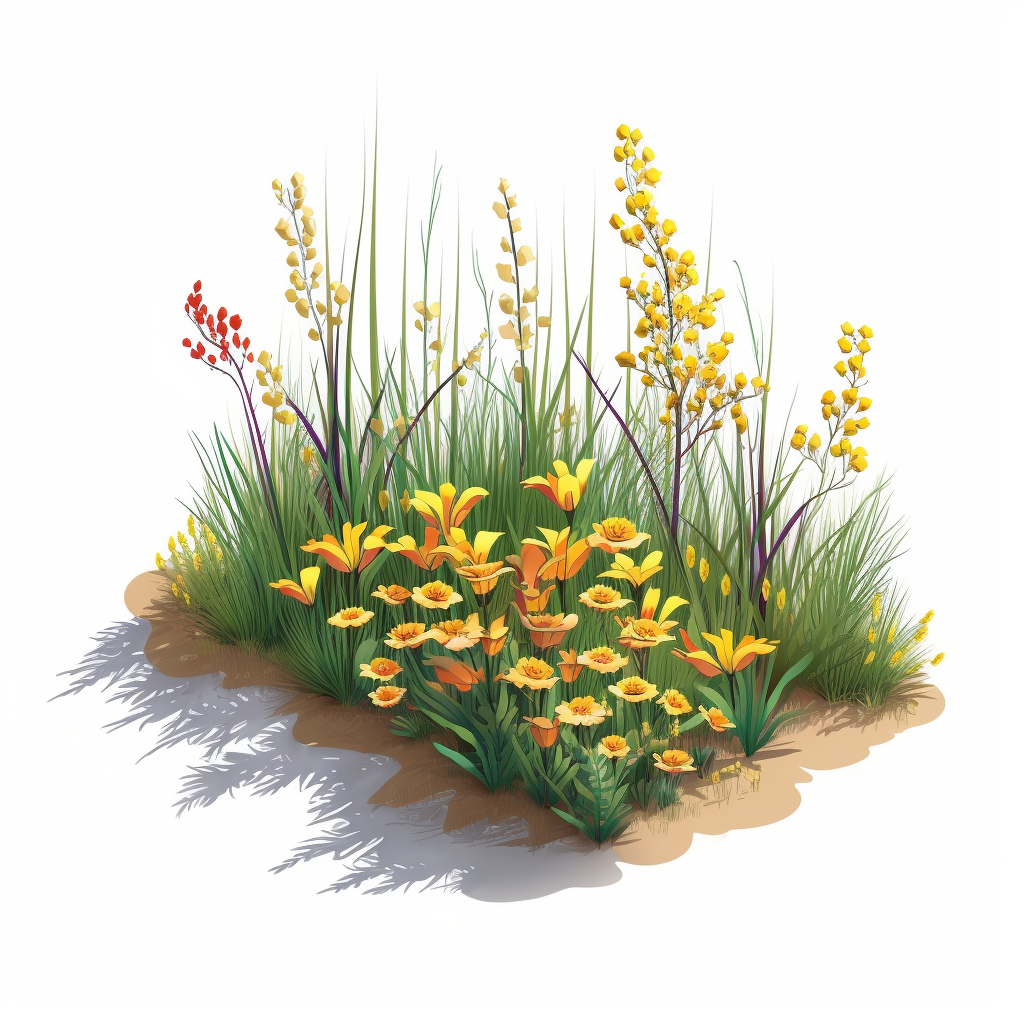

6. Histamines, And The Ones That Stand Against Them.
If you’re like me and can’t get through a second glass of red wine for dinner without waking up in the middle of the night with your nose all stuffed up, you might also suffer from seasonal allergies to pollen. As it turns out, both transactions involve the pesky H1 histamine receptor, a rhodopsin-like G-protein-coupled, uh, protein, receptor. (It’s not actually clear to me what this means as a non-scientist, but receptors, people!). Plants, if you were unaware, release pollen into the air when they bloom. Springtime is a great reminder of Better Living Through Science™, as taking a daily antihistamine can do magical things for us– especially the second-generation (non-drowsy) antihistamines like fenofexadine (Allegra), levocetirizine and cetirizine (Xyzal and Zyrtec), and desloratadine or loratadine (Clarinex, Aerius, and Claritin). These ‘uns are all generic, too!
So, with the antihistamines, the electric lawn equipment, the well-maintained bicycle, and the native plants, you’re ready to enjoy springtime in a Detroit park.
“If I could offer you only one tip for the future […]”
Enjoy the verdant world beyond, people! And lobby your local public service commission to tell them to require utilities to provide rebates for electrifying their lawn equipment. Oh, and finally, it’s like the man said– wear sunscreen.

